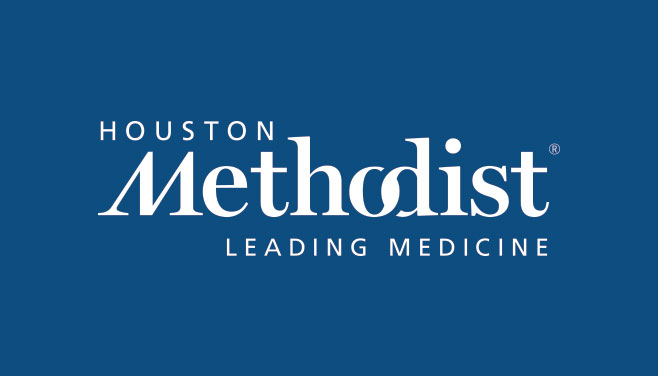Software
Description of Invention
Stroke is a common cerebrovascular disease and is a leading cause of death in the US. The current best method for diagnosis of acute ischemic stroke is magnetic resonance imaging, which is expensive, limited by patient factors, and not readily available in all care settings. The typical stroke evaluation relies on evaluation of the patients' facial expression, as well as a standard physical exam of language, motor, sensation, and vision tests to detect the presence/absence of stroke. This process depends heavily on examiner expertise and can vary among providers and settings.
This technology is software suitable for a handheld device such as a smart phone or table powered by AI which enables the consistent and accurate diagnosis of early stroke.
The detection of stroke is accomplished by training a deep learning model using multimedia patient data, including facial video and voice to determine the presence or absence of stroke. The patient will be asked to read a sentence to ensure proper reading and verbal ability. After that, the patient is instructed to use his/her own words to describe a standard picture. The facial video and audio will be recorded as inputs for a multimodal deep learning model. The model will assess the change in facial expression from frame-to-frame as well as the content of the speech describing the picture to determine the probability of stroke. The speech content is assessed based on text input to the model by converting the audio record to text through machine translation. The recording usually lasts 1 to 2 minutes.
The multimedia deep learning model can be implemented in application software in computational devices such as personal computers, iPADS, and smartphones, or in outpatient or home settings with access to a client-server cloud computing environment. For example, the software could be on a handheld or tablet on an emergency vehicle and the patient could be assessed for stroke while being transported.
Stage of Development
Proof of concept retrospective studies in humans are in progress and additional prospective trials are planned.
Competitive Landscape
Current competitive technologies are based on the recognition of obvious late-stage stroke symptoms. This software can detect subtle changes indicative of early stroke enabling the early treatment of the stroke. A prototype using a handheld smart phone is under development.
Intellectual Property (OTT202040)
A PCT application has been filed.
Inventors
Contact Us For more information, contact the Office of Technology Transfer at OTT@HoustonMethodist.org.

